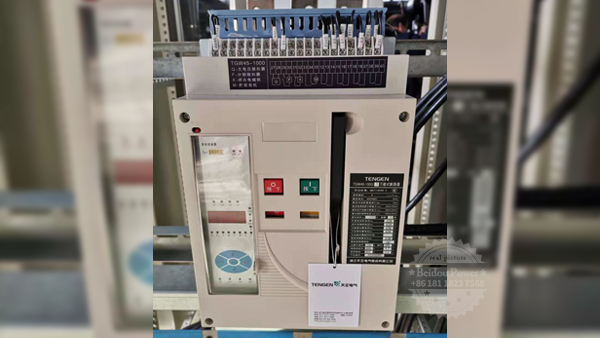No automatic control.
This is an industrial diesel generator. This unit controls all aspects of installation, operation and shutdown of industrial diesel generators. Displays information on all critical engines and alternators, as well as any “failures” that cause the generator to shut down. 99% of generator control service calls “not automatic” are the direct result of human error.
One obvious reason is that the main switch has been placed in the “off/reset” position. The control valve can have several positions, such as “shutdown/reset” and “cool down”, which can cause industrial diesel generators to fail to start in the event of a power outage. The above location should sound an alarm.
The alarm is not reset, the circuit breaker is open, the switch is not reset, and the emergency stop button is activated are all non-automatic faults. Several generators were installed during an emergency shutdown that tripped the main circuit breaker. If the industrial diesel generator automatically shuts down (for whatever reason), manual readjustment of the control panel is required to clear the alarm.
Fuel backflow to tank/generator will not start.
This is a common problem with newer engines that are not used very often. To meet today’s emissions requirements, the tolerances within the fuel system are tighter, making the fuel system more susceptible to air that affects the ability of the generator to start. This phenomenon is not common in older generators. An old industrial diesel generator had this problem and could be leaking from a line or check valve, and these leaks didn’t work properly inside the engine.
The engine is low on fuel.
Mechanical fuel level gauges are not always accurate. Unlike cars that move and use a larger fuel tank capacity, the generator tank cannot be moved, which can cause fuel stagnation. Mechanical instruments can also be held in place until vibration is generated to dislodge them. Some industrial diesel generators are equipped with “low fuel stop” or “critical fuel level stop”. The control panel shuts down the generator when the fuel is running out, preventing air from being drawn into the fuel system.
Less relevant tripping of circuit breakers and generators.
The call for this service is usually “power outage, generator won’t start”. The first step is to make sure that no one has accidentally pressed the remote “emergency power-off switch”.
Check the status of the automatic transfer switch when the power is turned off. The ATS should have some sort of light or display to show the switch position and the availability of the source. If you do not know how to operate it correctly, please do not try to operate the automatic transfer switch manually.
Post time: Jun-28-2022

